There is a painting by Klee called Angelus Novus. It shows an angel who seems about to move away from something he stares at. His eyes are wide, his mouth is open, his wings are spread. This is how the angel of history must look. His face is turned toward the past. Where a chain of events appears before us, he sees on single catastrophe, which keeps piling wreckage upon wreckage and hurls it at his feet. The angel would like to stay, awaken the dead, and make whole what has been smashed. But a storm is blowing from Paradise and has got caught in his wings; it is so strong that the angel can no longer close them. This storm drives him irresistibly into the future to which his back is turned, while the pile of debris before him grows toward the sky. What we call progress is this storm.
Benjamin's arrow flies straight to the heart. Klee's angels aren't ethereal; they are able to meet our human conundrum.
What a clutch of "forgetful," "ugly," "incomplete," and "poor" hybrids. Far less exuberant than Klee's other paintings, these are intimate companions one might want for the suffering and irritation of an incurable illness and the terror of the Third Reich.
More angel sketches below.
And where do we go after Klee?
To Rilke, who asks,
Who, if I cried out, would hear me among the Angelic Orders?
And even if one were to suddenly
take me to its heart, I would vanish into its
stronger existence. For beauty is nothing but
the beginning of terror, that we are still able to bear,
and we revere it so, because it calmly disdains
to destroy us. Every Angel is terror.
Not Christian but Islamic angels appear in Duino Elegies. As the house guest of Princess Marie von Thurn ind Taxis at her castle in Duino near the Adriatic sea, Rilke has an epiphany. Von Thurn allows us this illumination in her memoirs:
Rilke climbed down to the bastions which, jutting to the east and west, were connected to the foot of the castle by a narrow path along the cliffs. These cliffs fall steeply, for about two hundred feet, into the sea. Rilke paced back and forth, deep in thought, since the reply to the letter so concerned him. Then, all at once, in the midst of his brooding, he halted suddenly, for it seemed to him that in the raging of the storm a voice bad called to him: “Who, if I cried out, would hear me among the angelic orders?” (Wer, wenn ich schriee, hörte mich denn aus der Engel Ordnungen?)… He took out his notebook, which he always carried with him, and wrote down these words, together with a few lines that formed themselves without his intervention … Very calmly he climbed back up to his room, set his notebook aside, and replied to the difficult letter. By that evening the entire elegy had been written down.
These poems are strange, disturbing, and beautiful. Read this Harper's article for insight.
From Rilke, we follow French Catholic mystic, Olivier Messiaen, whose music is speckled with the angelic drawn by Rilke's imagination. Messian's angels, like Rilke's, are formidable, terrifying creatures who communicate without language and are unmoored from space and time.
When I first heard Messiaen's Quartet for the End of Time, the fusion of sound and color had an eschatalogical musicality. It emerged from his years prison camp and was performed in January 1941 a night as cold as this one. Inspired by Revelations, Messiaen wrote it “in homage to the Angel of the Apocalypse, who raises a hand toward heaven saying: 'There shall be time no longer..'” Messiaen's synaesthesia, a condition where sound resounds in color, gives the Quartet a palette that is bold and ethereal with light. While Rebecca Rischin tells us that sections of the Quartet were composed before his incarceration, I am sure he was not wrong to say that "colored dreams" during captivity "gave birth to the chords and rhythms of my quartet." They are alive in the music, in the angelic judgement, and rainbow garments, and the inexplicably haunting clarinet depicting the abyss of the birds. Birdsong and angels, Messiaen's angelology was deeply influenced by Thomas Aquinas as well as Rainier Maria Rilke. Indeed, Messiaen invented Langage communicable, a musical alphabet that translated assigned phrases from St Thomas Aquinas Summa Theologiae into sound, pitch and duration (Sheldon 2008). Shenton also notes that at least seven compositions have movements named for angels including St. Francis, and the Meditations on the Mysteries of the Holy Trinity. The Meditations in particular intend to invoke the ceaseless praise of the angels. Sometimes, the music, I can't bear it.
And oh, imagist poet H.D. also writes about angels from London during WWII. (Hilda Doolittle's Trilogy: The Walls Do Not Fall / Tribute to the Angels/Flowering of the Rod. )
“Tribute to Angels,” is a gorgeous anthem to the angels, and then...
I had been thinking of Gabriel,
of the moon-cycle, of the moon-shell,
of the moon-crescent
and the moon at full:
I had been thinking of Gabriel,
and the moon-regent, the Angel,
and I had intended to recall him
in the sequence of candle and fire
and the law of the seven;
I had not forgotten
his special attribute
of annunciator: I had thought
to address him as I had the others,
Uriel, Annael;
how could I imagine
the Lady herself would come instead?
----
“The Flowering of the Rod" is a paean to female-centric restoration/resurrection
Yet resurrection is a sense of direction,
resurrection is a bee-line,
straight to the horde and plunder,
the treasure, the store-room,
the honeycomb;
resurrection is remuneration,
food, shelter, fragrance
of myrrh and balm...
From this to French philosopher Michel Serres' Angels: A Modern Myth. Serres sets a conversation between Pia, a doctor at the medical center in the Charles de Gaulle Airport, and Pantope, a traveling inspector for Air France. (Marc Auge calls airports the non-place of super modernity.) Angels, Serres-as-Pantope tells us, are now all forms of communication: fiber optics, switchers and routers, postmen, translators, climatologists, quasi-objects.
I wondered when reading his text, is there nothing angels are not?
Fortunately, Pia anticipates my frustration. She sums up Pantope at the end of a long excursus:
So your angels are individual and multiple; messengers that both appear and disappear; visible and invisible; constructive of messages and message-bearing systems; spirit and body; spiritual and physical; of two sexes and of none; natural and manufactured; collective and social; both orderly and disorderly; produces of noise, music and language; intermediaries and interchangers; intelligence that can be found in the world's objects and artifacts….You must admit that your angels are elusive. What's more, sometimes they can be very evil!"
He replies
Their form is generally adaptable. That form is the skeleton key which enables them to open the blackest boxes, and this wealth of different forms extends to embrace all the different aspects that you have just listed and thus enables us to read our present era like an open book: our sciences, both abstract and practical, our hardware and soft technologies -- all our activists both concrete and volatile. (1993, p 296)
Michel Serres, Angels: A Modern Myth, 1993
Andrew Shenton Olivier Messiaen's System of Signs, Ashgate, 2008
Rebecca Rischin For the End of Time: The Story of the Messiaen Quartet
Siglind Bruhn, Messiaen's Contemplations of Covenant and Incarnation, Pendragon Press, 2007
--------------------------------------------------------------------------------
That mankind [sic] has in this sense been cowardly has done life endless harm; the experiences that are called "visions," the whole so-called "spirit-world," death, all those things that are so closely akin to us, have by daily parrying been so crowded out of life that the senses with which we could have grasped them are atrophied. To say nothing of God.”
Ranier Maria Rilke
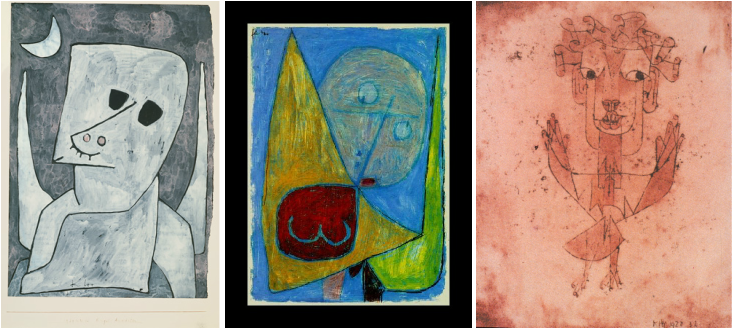
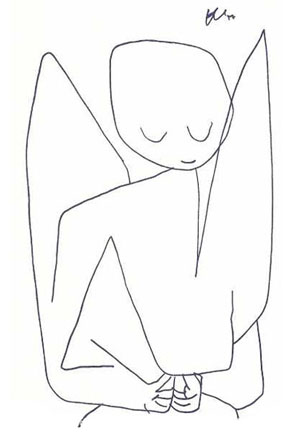
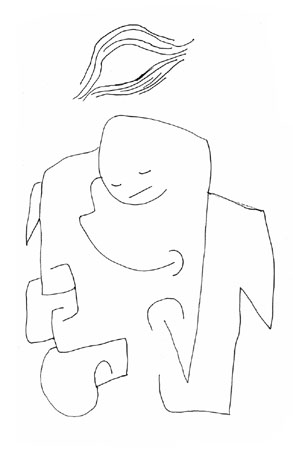
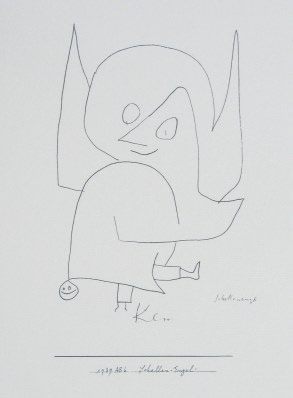
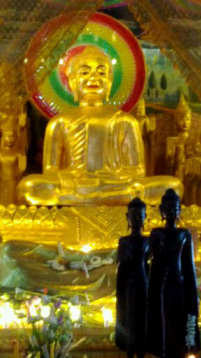
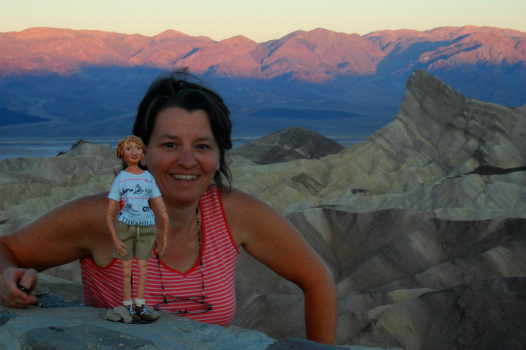
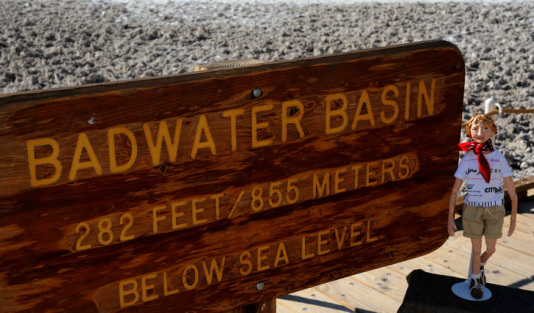
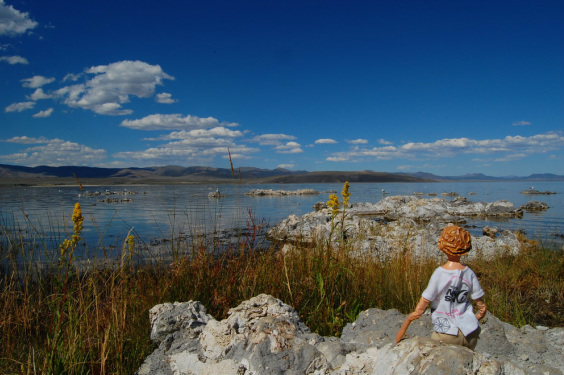
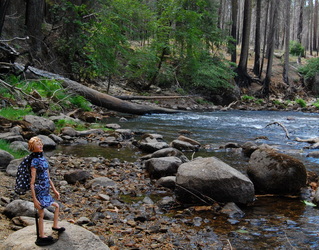
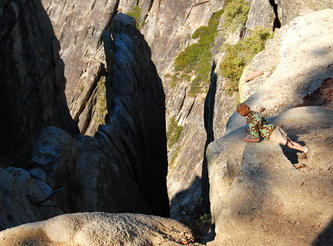
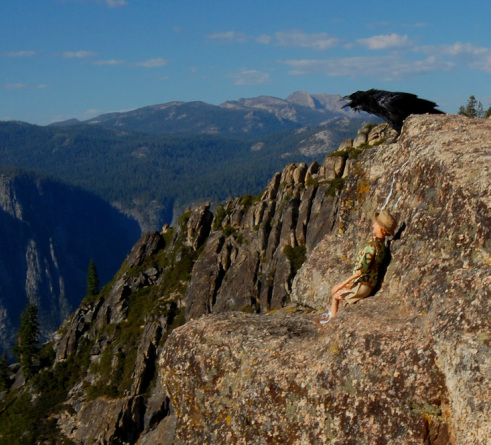
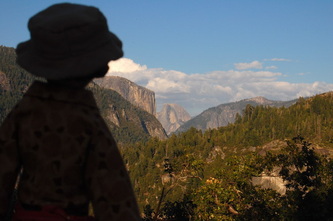
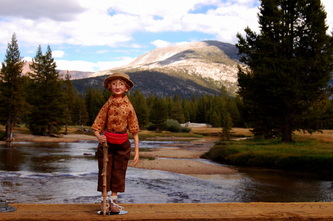
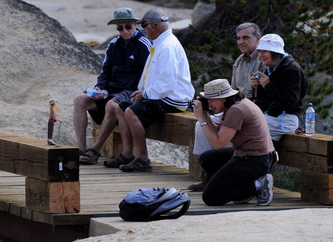
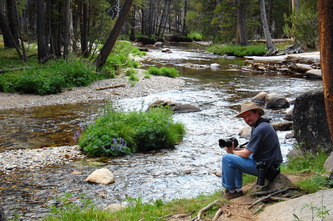
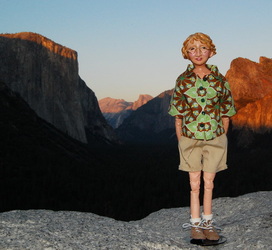
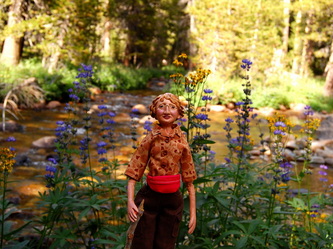
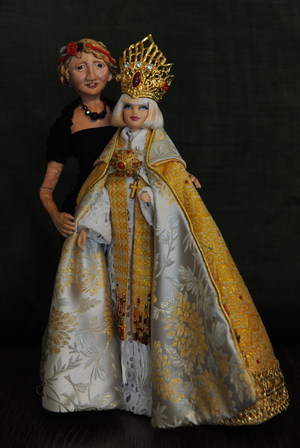
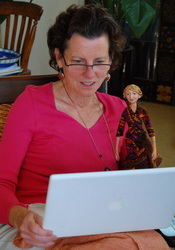
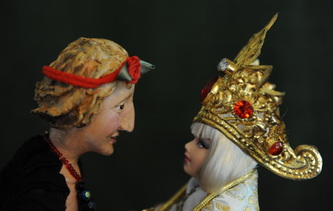
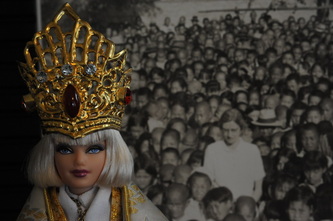
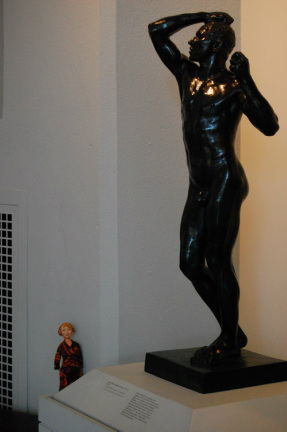
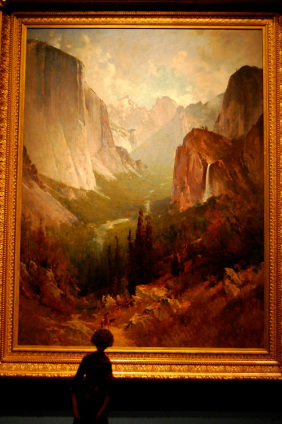
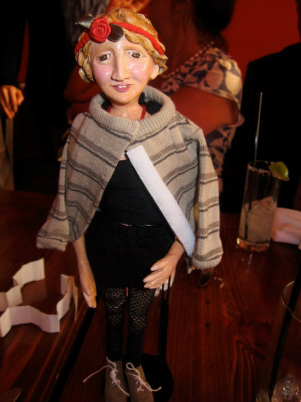
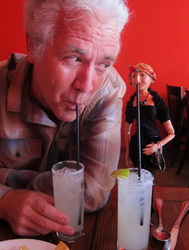
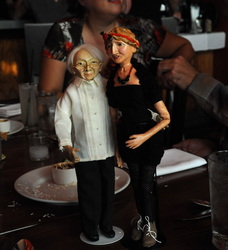
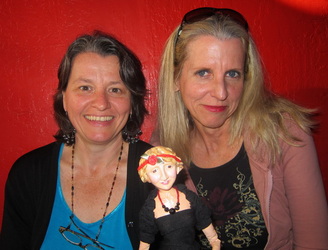
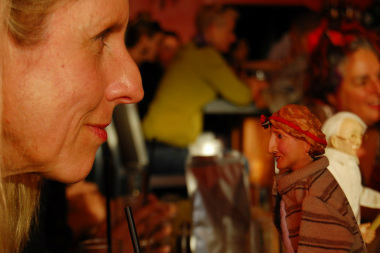
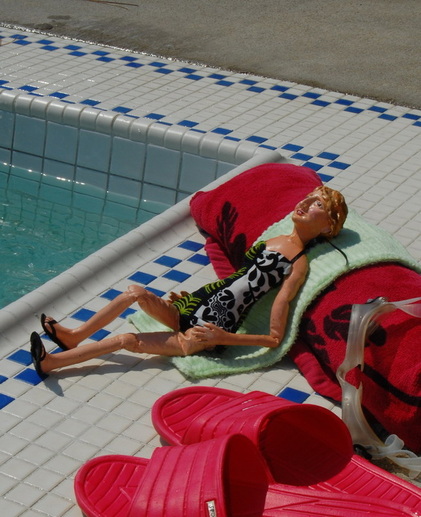
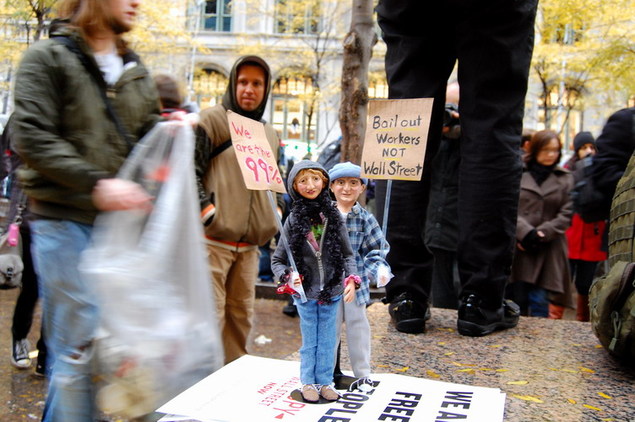
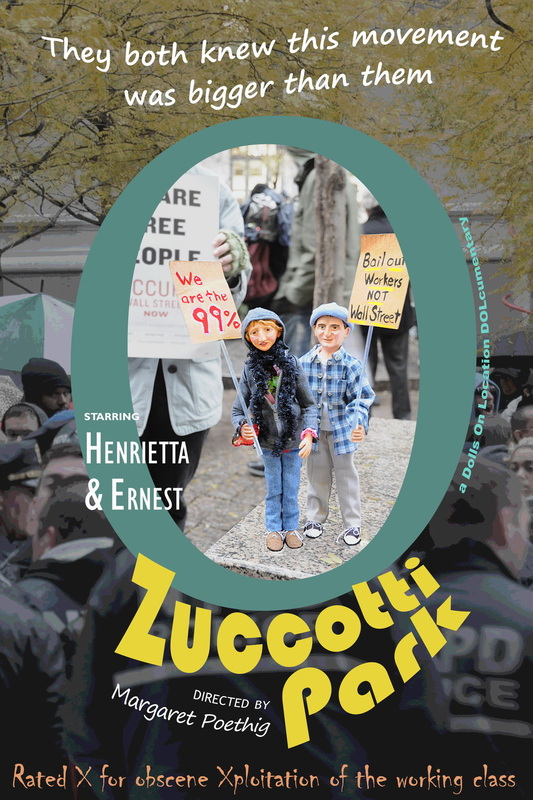
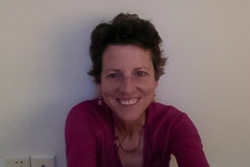
 RSS Feed
RSS Feed
